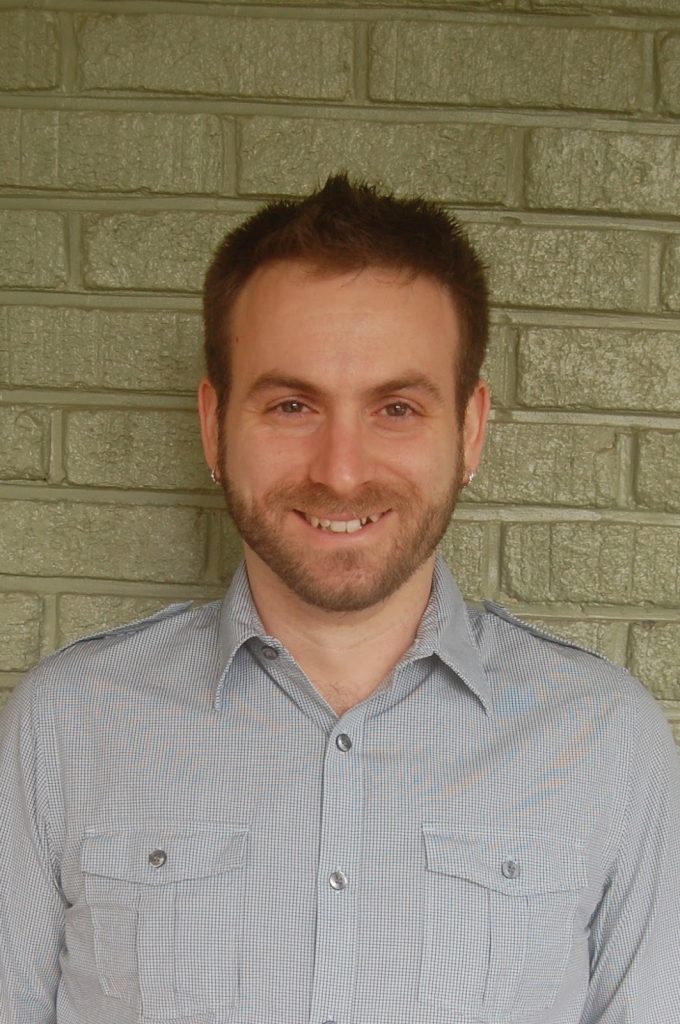
[email protected]
Assistant Professor of Physics, University of Tennessee, Knoxville
Research focus: Quantum Materials, e.g. synthesis, molecular quantum systems, 2D materials, quantum magnetism, strongly correlated electron systems, Quantum Theory and Simulations, e.g. AI, high performance computing, topology, algorithmic development, correlated systems
Website https://volweb.utk.edu/~sjohn145/
Bio
I am a theoretical condensed matter physicist. My group applies advanced computational methods in combination with high-performance and leadership-class computing to study strongly correlated quantum materials. We are particularly interested in systems with strong electron-electron and electron-lattice interactions. For example, we are currently interested in multi-orbital Hubbard and Hubbard-Holstein models. We have pioneered studies of “beyond-Holstein'” models, including the non-linear Holstein and two-dimensional Su-Schrieffer-Heeger (SSH) models. My work frequently makes direct contact with experiments to establish firm connections between theoretical models and real materials. We are actively developing theories for advanced spectroscopies like resonant inelastic x-ray scattering.
Research Description
My group uses advanced computational methods and high-performance computing to study strongly correlated quantum materials. We often work in close collaboration with experiments to connect our theory modeling to real materials and help guide future experiments.
Recent research
1) F. Ming, X. Wu, C. Chen, K. D. Wang, P. Mai, T. A. Maier, J. Strockoz, J. W. F. Venderbos, C. Gonzalez, J. Ortega, S. Johnston, and H. H. Weitering, Evidence for chiral superconductivity on a silicon surface. Nature Physics, in press (2022). https://doi.org/10.48550/arXiv.2210.06273;
2) A. Nag, A. Nocera, S. Agrestini, M. Garcıa-Fernandez, A. C. Walters, S.-W. Cheong, S. Johnston, and K.-J. Zhou. Quadrupolar magnetic excitations in an isotropic spin-1 antiferromagnet. Nature Communications 13, 2327 (2022). https://doi.org/10.1038/s41467-022-30065-5
3) P. Mai, S. Karakuzu, G. Balduzzi, S. Johnston, and T. A. Maier, Intertwined spin, charge and pair correlations in the two-dimensional Hubbard model in the thermodynamic limit. Proceedings of the National Academy of Sciences 119, e2112806119 (2022). https://doi.org/10.1073/pnas.2112806119
4) B. Cohen-Stead, K. Barros, R. Scalettar, and S. Johnston, A hybrid Monte Carlo study of bond-stretching electron-phonon interactions and charge order in the bismuthate family of superconductors. arXiv:2208.02339 (2022). https://doi.org/10.48550/arXiv.2208.02339
5) S. Li, A. Nocera, U. Kumar, and S. Johnston, Particle-hole asymmetry in the dynamical spin and charge responses of corner-shared 1D cuprates. Communications Physics 4, 217 (2021). https://doi.org/10.1038/s42005-021-00718-w
6) S. Li and S. Johnston, Quantum Monte Carlo study of lattice polarons in the two-dimensional three-orbital Su–Schrieffer–Heeger model. npj Quantum Mater. 5, 40 (2020). https://doi.org/10.1038/s41535-020-0243-3
Research Image
